Anatomical Model
Showing 51–83 of 83 results
-
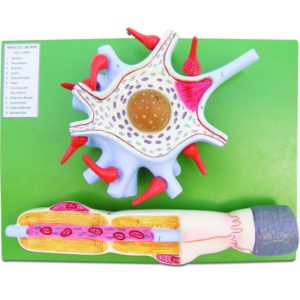
Nerve Cell / Neuron Model
Read more -
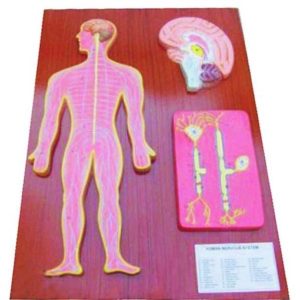
Human Nervous System Model
Read more -
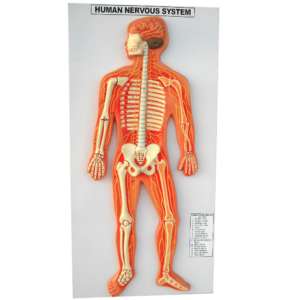
Human Nervous System Model
Read more -
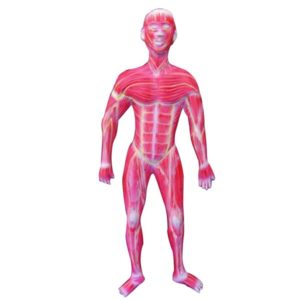
Human Muscle Structure Model
Read more -
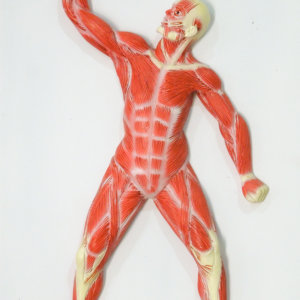
Human Muscle Structure Model
Read more -
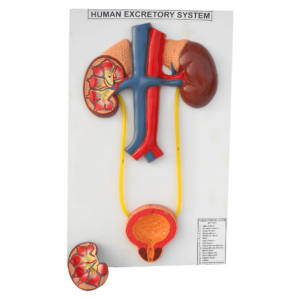
Human Excretory System Model
Read more -
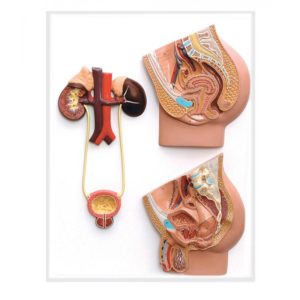
Male & Female, Urogenital Model
Read more -
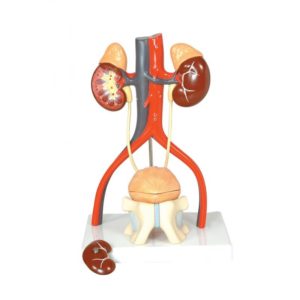
Human Urinary System Model
Read more -
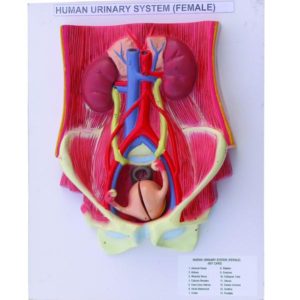
Human Urinary System (Dual Sex)
Read more -
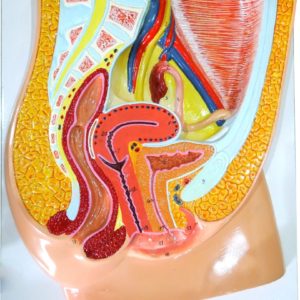
Human Female Reproductive System
Read more -
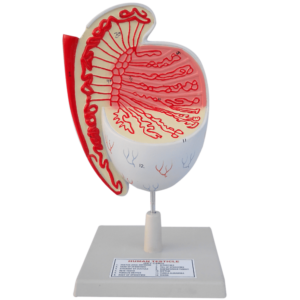
Human Testicle Model
Read more -
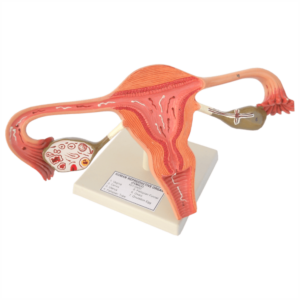
Female Reproductive Organ (Uterus) Model
Read more -
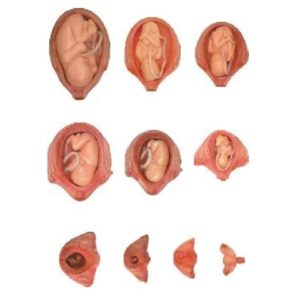
Embryo Development Process Stages Model
Read more -
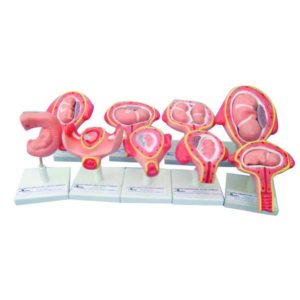
Human Development Stages
Read more -
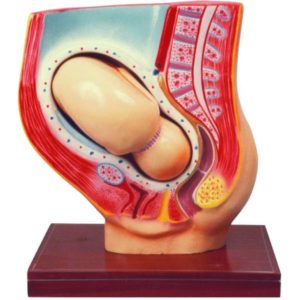
Baby with Pelvis Model
Read more -
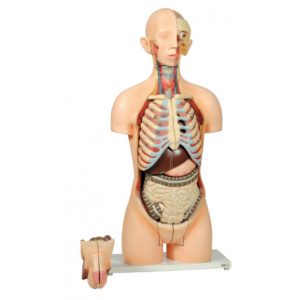
Human Torso Dual Sex Model
Read more -
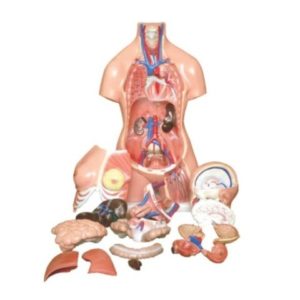
Human Torso Model
Read more -
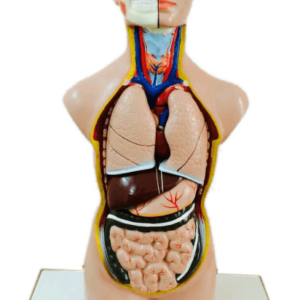
Human Torso Sexless Small
Read more -
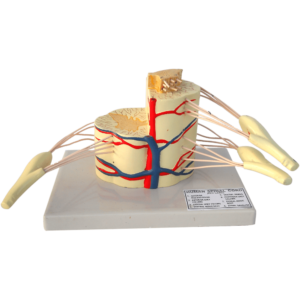
Human Spinal Cord
Read more -
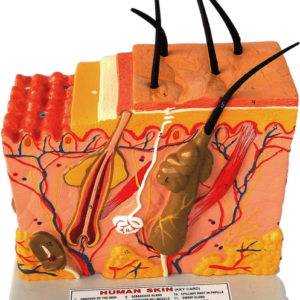
Human Skin Model 3D
Read more -
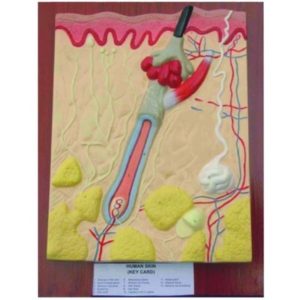
Human Skin Model
Read more -
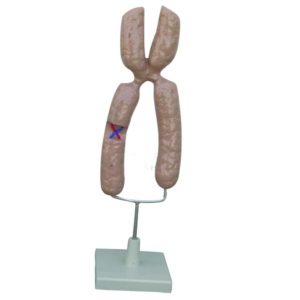
Chromosome Model
Read more -
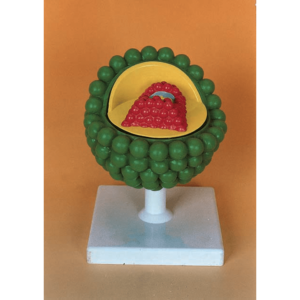
Aids Virus Model
Read more -
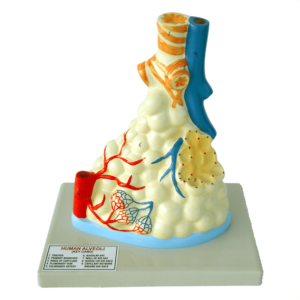
Human Alevoli
Read more -

Intestinal Villus
Read more -
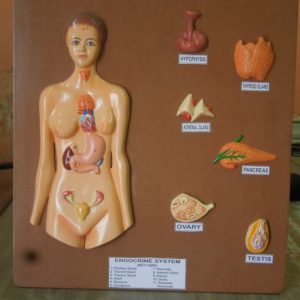
Human Endocrine System (glands)
Read more -
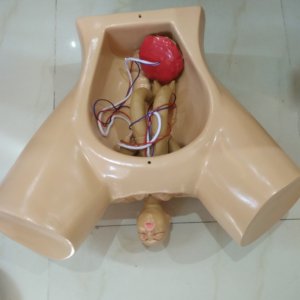
Human Birth Aid Model
Read more -
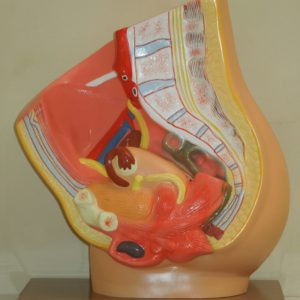
Human Female Pelvis Model
Read more -
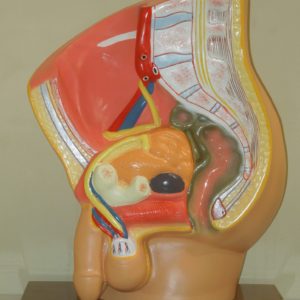
Human Male Pelvis Model
Read more -
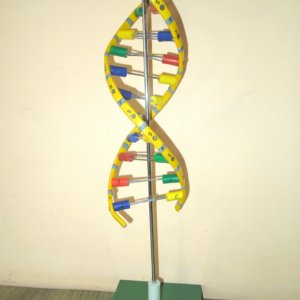
DNA Model
Read more -
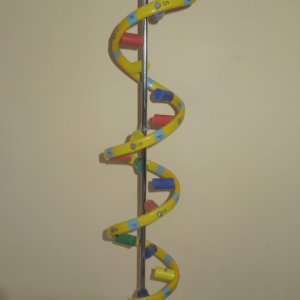
RNA
Read more -
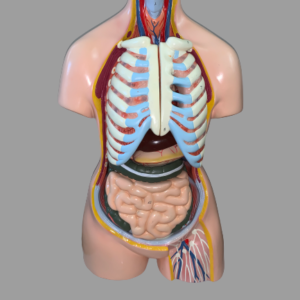
Human Trunk Model
Read more -
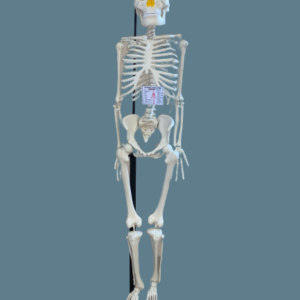
Human Skeleton (Regular)
Read more


